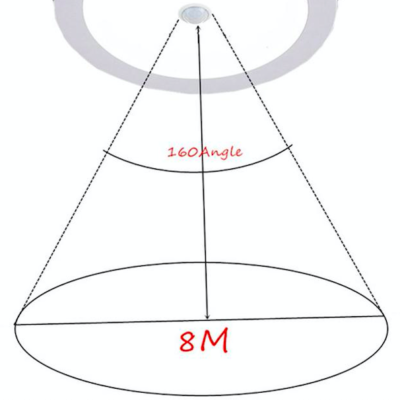September 02nd, 2023
Outdoor LED lighting pollution, often referred to as light pollution, is a growing concern as LED lighting becomes more prevalent in outdoor settings. Here are some key points about this issue:
Types of Light Pollution:
- Skyglow: This occurs when artificial light is scattered and reflected off particles and molecules in the atmosphere, creating a brightening of the night sky over urban areas.
- Light Trespass: This happens when unwanted artificial light spills over from one property or area to another, causing disturbance to people, wildlife, and the environment.
- Glare: Glare is the excessive brightness that causes visual discomfort. It can reduce visibility and create unsafe conditions for drivers and pedestrians.
- Clutter: Clutter is the presence of too many bright, confusing, and overly lit signs and advertisements that can make urban environments chaotic and visually overwhelming.
Negative Impacts:
- Health: Excessive artificial light at night disrupts the circadian rhythms of humans and wildlife, potentially leading to health problems, including sleep disorders.
- Ecology: Light pollution can disrupt natural behaviors and migration patterns of wildlife, affecting ecosystems.
- Energy Waste: Overly bright and inefficient lighting wastes energy and contributes to greenhouse gas emissions.
LED Lighting’s Role:
- LED lighting, while energy-efficient, can exacerbate light pollution if not properly designed and controlled.
- LED fixtures can emit a significant amount of blue light, which scatters more easily in the atmosphere and contributes to skyglow.
Solutions:
- Shielding: Use well-designed fixtures with proper shielding to direct light where it’s needed and reduce light spill.
- Warm-White LEDs: Choose LED fixtures with warmer color temperatures (e.g., 2700K) to reduce the amount of blue light emitted.
- Timers and Sensors: Implement timers, motion sensors, and dimming controls to ensure that outdoor lighting is only active when necessary.
- Regulations: Advocate for and adhere to local ordinances and regulations that promote responsible outdoor lighting.
- Public Awareness: Raise awareness about the importance of reducing light pollution among communities and businesses.
Reducing outdoor LED lighting pollution is essential to protect our environment, human health, and the beauty of our night skies. Responsible lighting design and the use of energy-efficient, properly shielded fixtures can help mitigate these issues while still providing necessary outdoor illumination.


